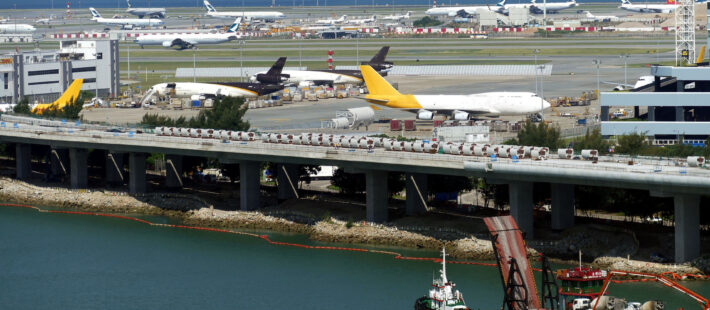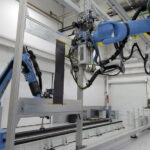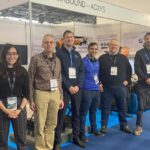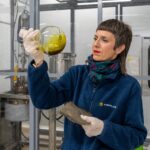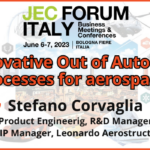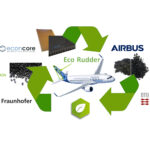
FibreFENCE is the range of FRP fences and gates for the airport sector designed and manufactured by Fibre Net Spa that, thanks to the distinctive radio-transparency and frangibility of FRP (Fiber Reinforced Polymer), unlike traditional materials, guarantees the absence of interference with ILS and Radar devices and limits damage in the event of aircraft impact, greatly improving flight safety.
Due to the significant growth rates in passenger, cargo traffic and aircraft movements over the past decade, the Chek Lap Kok International Airport (HKIA), the main airport in Hong Kong, has come up with the Master Plan 2030, which outlined the future development plans of the area to cope the growing demand. After a public consultation, local authorities made the decision to expand airport capacity through the construction third runway (3RS) from the existing two-runway system (2RS).
Thanks to its exclusive production technology and construction design, FibreFENCE has been recognized internationally as the best solution to fence and protect airports sensitive areas surrounding ILS or Radars equipment and devices. As a result, it has been included as mandatory feature in the tender specification of the entire project by the Hong Kong Airport Authority.
FibreFENCE provided over 6,0km of FibreFENCE MESH, with an option for further 3,3 km, which will be used for the construction of a radio transparent fence to separate the existing airport area from new one.
The installation is very fast and easy, mesh is extremely lightweight, and its installation doesn’t need special lifting devices or cranes on site, reducing consistently overall installation costs compared to any other solution. Mesh dimensions ensure a great visibility to improve active and passive security, while its great mechanical resistance is a guarantee against intrusion attempts and severe weather conditions typical of this region. To avoid also small wildlife intrusions, it is possible to bury part of the mesh into the ground, and to use a smaller mesh on the part closer to the ground, according to most recent Aviation Authorities recommendations.
ICAO standards in terms of radio transparency and frangibility are achieved so as the security in the sensitive areas is guaranteed. Moreover, FibreFENCE fencing systems fit with the airport infrastructures design, keep initial investment very low and reduce maintenance nearly to zero. Thanks to all these benefits and advantages, FibreFENCE fences have been already installed in many different airports worldwide.


